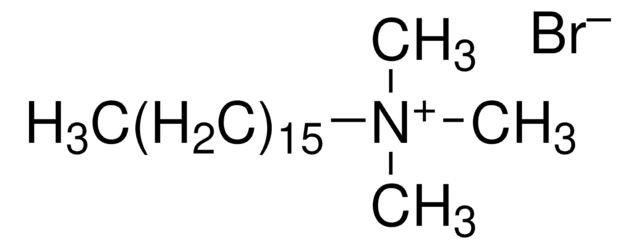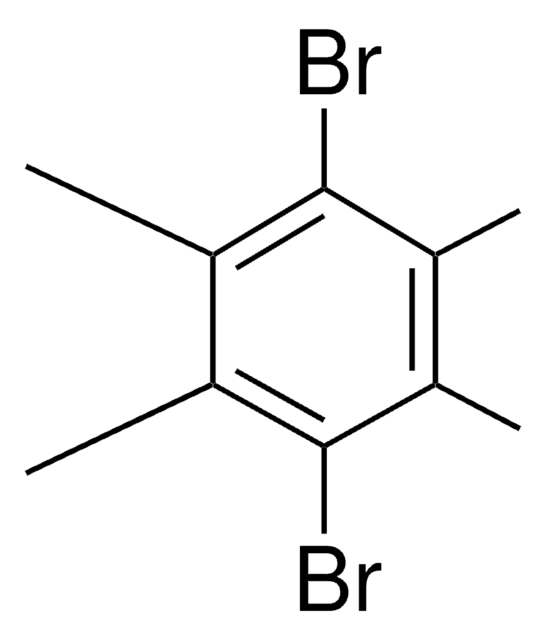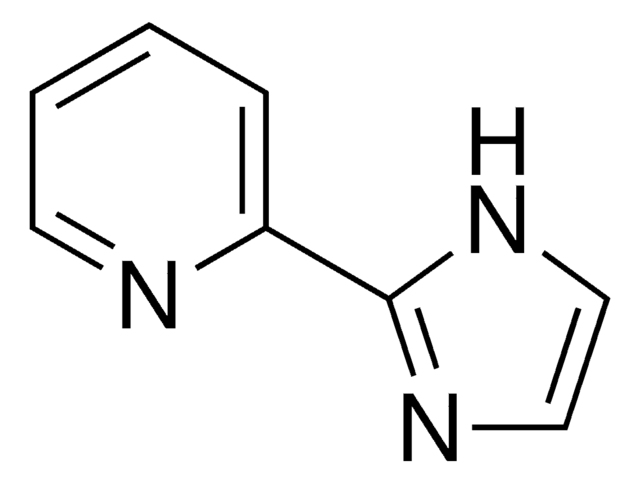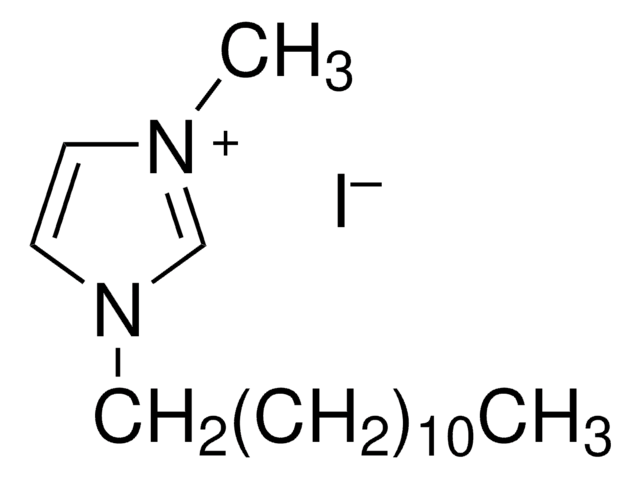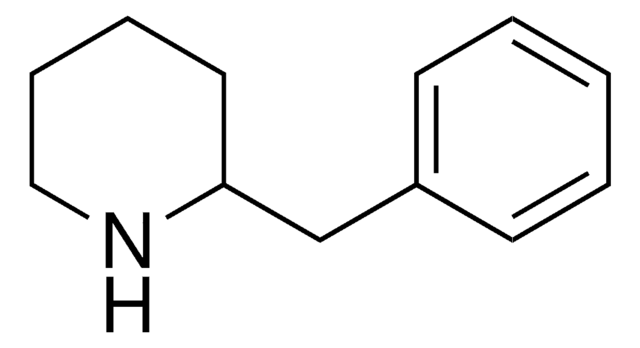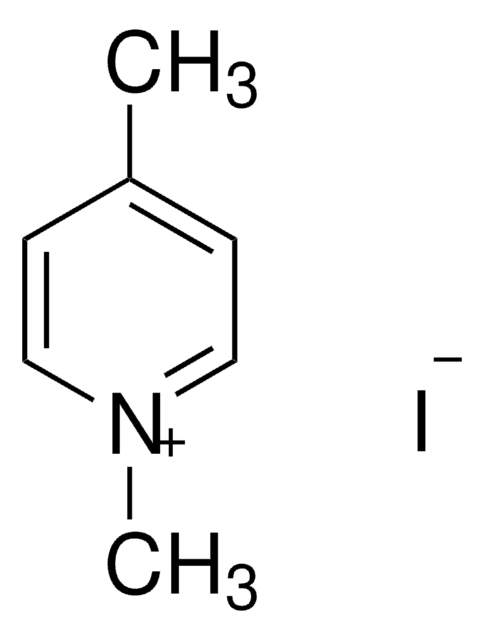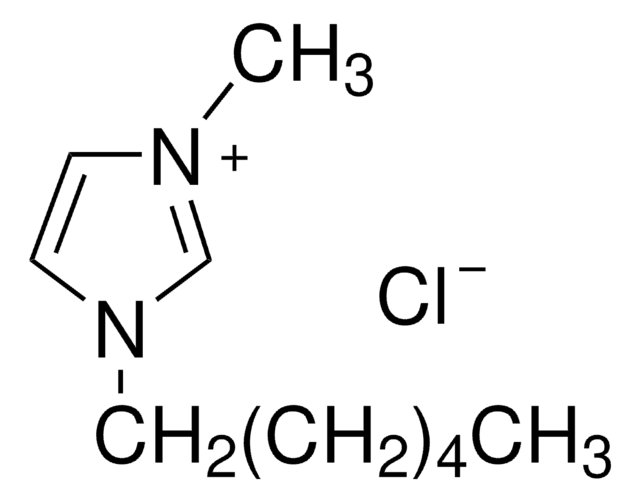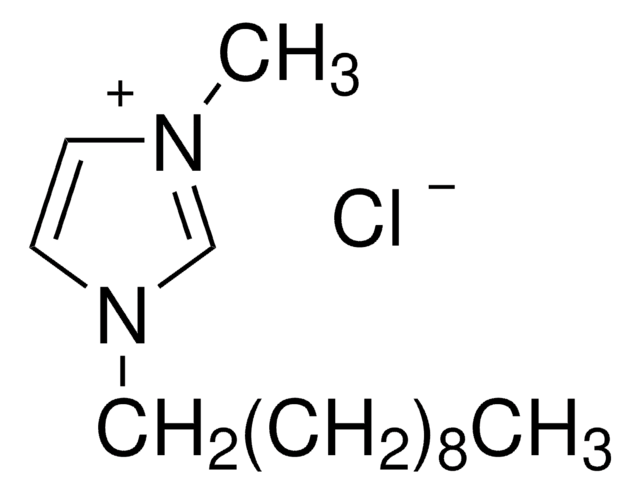912069
Morpholinium bromide
Synonym(s):
MORPHB, Morpholine hydrobromide (8CI,9CI), Morpholine monohydrobromide, Morpholinium bromide
Sign Into View Organizational & Contract Pricing
All Photos(1)
About This Item
Empirical Formula (Hill Notation):
C4H10BrNO
CAS Number:
Molecular Weight:
168.03
MDL number:
UNSPSC Code:
12352101
NACRES:
NA.23
Recommended Products
description
Identity by (1H NMR)
Quality Level
form
powder
color
white
InChI
1S/C4H9NO.BrH/c1-3-6-4-2-5-1;/h5H,1-4H2;1H
InChI key
BVJOXYJFOYNQRB-UHFFFAOYSA-N
Application
Organohalide based perovskites have emerged as an important class of material for solar cell applications. The variations/substitution in organohalide cations and anions is employed for the optimization of the band gap, carrier diffusion length, and power conversion efficiency of perovskites based solar cells.
Storage and Stability
Store in dark at 20 °C
Legal Information
Product of Greatcell Solar®
Greatcell Solar is a registered trademark of Greatcell Solar
Storage Class
11 - Combustible Solids
wgk_germany
WGK 3
Choose from one of the most recent versions:
Certificates of Analysis (COA)
Lot/Batch Number
Sorry, we don't have COAs for this product available online at this time.
If you need assistance, please contact Customer Support.
Already Own This Product?
Find documentation for the products that you have recently purchased in the Document Library.
Shanshan Zhang et al.
Advanced materials (Deerfield Beach, Fla.), 31(30), e1901090-e1901090 (2019-06-06)
2D Ruddlesden-Popper perovskite (RPP) solar cells have excellent environmental stability. However, the power conversion efficiency (PCE) of RPP cells remains inferior to 3D perovskite-based cells. Herein, 2D (CH3 (CH2 )3 NH3 )2 (CH3 NH3 )n-1 Pbn I3n+1 perovskite cells with
Lingling Mao et al.
Journal of the American Chemical Society, 139(14), 5210-5215 (2017-03-18)
Hybrid inorganic-organic perovskites are developing rapidly as high performance semiconductors. Recently, two-dimensional (2D) perovskites were found to have white-light, broadband emission in the visible range that was attributed mainly to the role of self-trapped excitons (STEs). Here, we describe three
Eran Edri et al.
The journal of physical chemistry letters, 4(6), 897-902 (2013-03-21)
Mesoscopic solar cells, based on solution-processed organic-inorganic perovskite absorbers, are a promising avenue for converting solar to electrical energy. We used solution-processed organic-inorganic lead halide perovskite absorbers, in conjunction with organic hole conductors, to form high voltage solar cells. There
Our team of scientists has experience in all areas of research including Life Science, Material Science, Chemical Synthesis, Chromatography, Analytical and many others.
Contact Technical Service